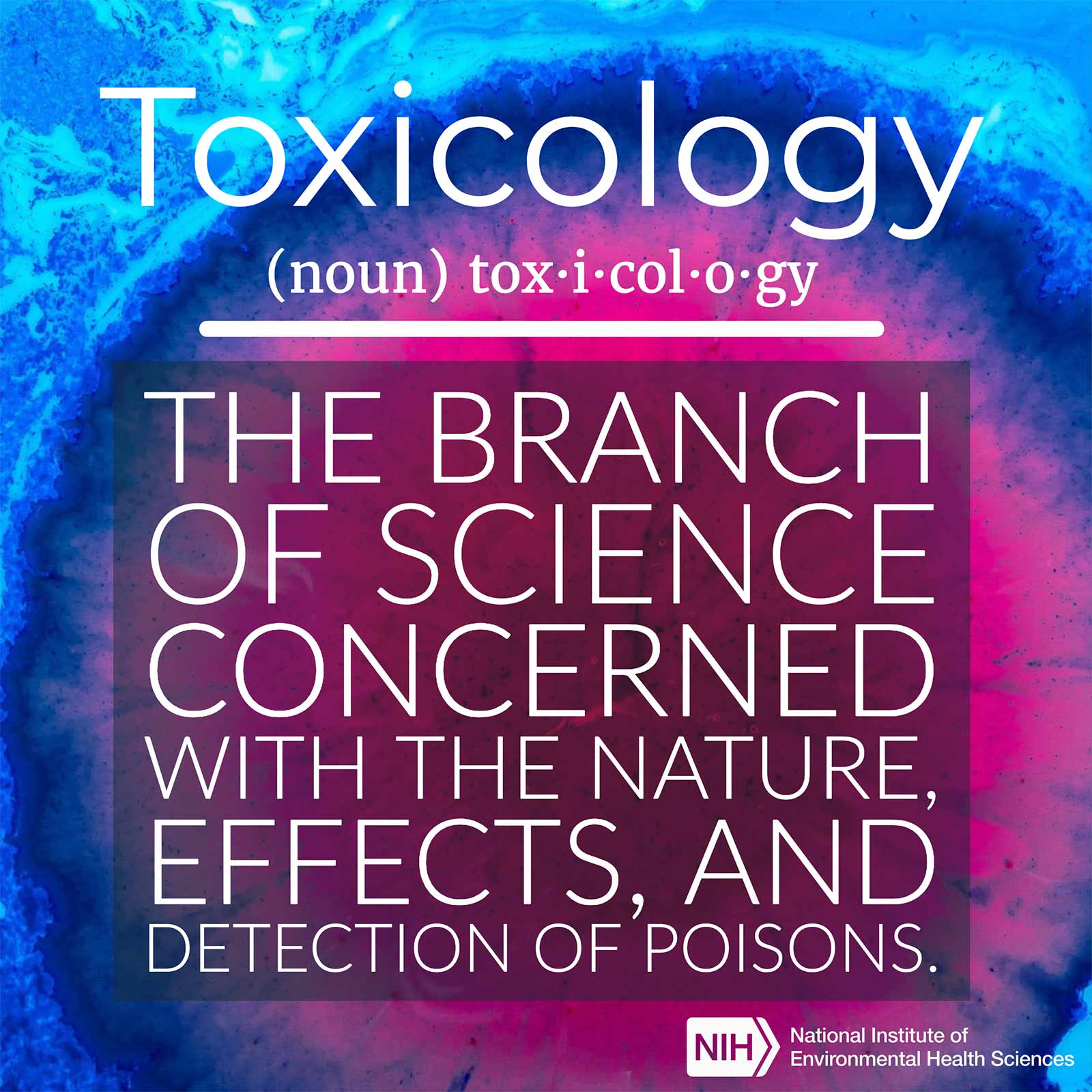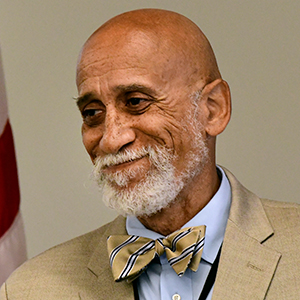The 2021 Society of Toxicology (SOT) awards are out, and NIEHS Intramural Research Training Award fellow Suzanne Martos, Ph.D., is a winner! Her study of the effects of tobacco smoke on the human immune system won a Best Postdoctoral Publication Award. The paper appeared in the July 2020 issue of Cell Reports Medicine.
 “I am honored to be receiving this award,” said Martos. “I am very grateful for help from my research group, which was instrumental in supporting our initial findings.” (Photo courtesy of Steve McCaw / NIEHS)
“I am honored to be receiving this award,” said Martos. “I am very grateful for help from my research group, which was instrumental in supporting our initial findings.” (Photo courtesy of Steve McCaw / NIEHS)Martos is a member of the Environmental Epigenomics and Disease Group, headed by Douglas Bell, Ph.D. He offered high praise for Martos and co-lead author Michelle Campbell, a biologist in his group. “This paper is by far the most technically and analytically complex work that my research group has ever done,” he said.
Growing old before their time
The World Health Organization (WHO) estimates that some 6 million people die each year from tobacco smoke exposure, which increases the risk of inflammatory diseases and cancer.
Using single-cell RNA sequencing, Martos compared thousands of individual immune cells from the blood of healthy smokers and nonsmokers. She found that in smokers, a type of immune cell, called CD8 T cell, showed signs of accelerated aging and dysfunction.
RNA sequencing analyzes transcriptomes — sets of RNA transcripts — to reveal differences between populations of various cell types. Immune cells called T cells play a crucial role in the immune system’s response to such things as cancer and viral infections.
“We found that the proportion of CD16plus CD8 T cells, a subset that expressed markers of senescence, was increased in smokers,” Martos said. “Smokers’ other immune cell populations also displayed senescent characteristics.”
Senescence refers to immune cells that cease to multiply and function properly. “Essentially, smokers’ cells exhibited characteristics typically observed in older individuals,” she said.
 “I am extremely proud of the talented first authors, Suzanne Martos and Michelle Campbell, and this acknowledgement from the SOT,” Bell said. (Photo courtesy of Steve McCaw / NIEHS)
“I am extremely proud of the talented first authors, Suzanne Martos and Michelle Campbell, and this acknowledgement from the SOT,” Bell said. (Photo courtesy of Steve McCaw / NIEHS)Inflammation, impaired immunity
Senescence, combined with high cytolytic potential — how CD8 T cells kill other cells — and a reduced proportion of naive CD8 T cells, may explain the paradox that exposure to tobacco smoke both impairs immunity and increases risk of inflammatory diseases.
“These results highlight a distinct smoking-associated CD8 T cell subpopulation that can be isolated to determine its role in smoking-associated pathologies,” Martos said. “This could help us develop targeted immunotherapies.”
“We have biomarkers that indicate that smokers’ CD8 T cells have diminished ability to proliferate in response to antigen exposure,” she continued. “Moving forward, we’re trying to gain a better understanding of the mechanisms.” Antigens are a type of protein that normally triggers T-cell proliferation.
New technology, award-winning work
Single-cell technology provided the necessary resolution to identify these cells, Martos explained. In healthy humans, CD16plus CD8 T cells are just 2% of the CD8 T cells. In smokers, they increase to 7.3%.
“I hadn’t expected to be doing single-cell sequencing when I accepted the position at NIEHS in the fall of 2017,” Martos said. “They purchased the machine just when I arrived. It was one of the first experiments I did in the lab.” Her project took about two years.
“The work shows how single-cell analysis can reveal a hidden subset of senescent immune cells in tobacco smokers,” Bell said. “These dysfunctional T cells may be related to many of the adverse health outcomes caused by smoking.”
Citation: Martos SN, Campbell MR, Lozoya OA, Wang X, Bennett BD, Thompson IJB, Wan M, Pittman GS, Bell DA. 2020. Single-cell analyses identify dysfunctional CD16plus CD8 T cells in smokers. Cell Rep Med 21(4):100054.
(John Yewell is a contract writer for the NIEHS Office of Communications and Public Liaison.)










